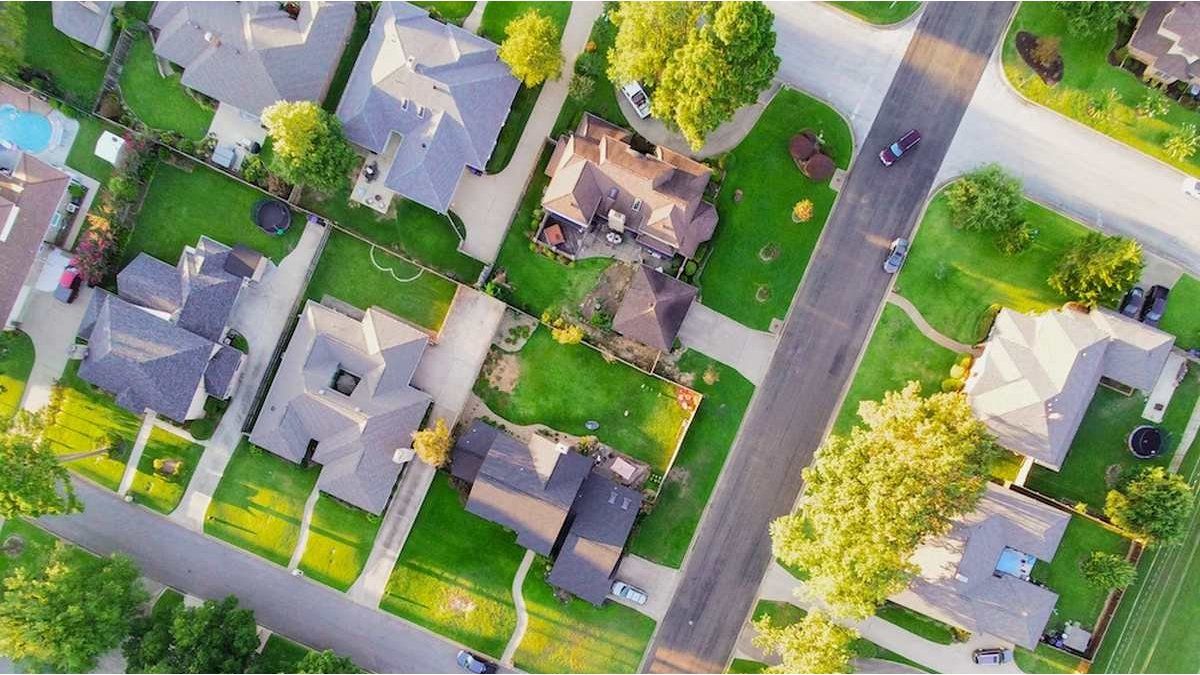Architecture goes beyond aesthetic design or functional efficiency, must rebuild the link between people, the environment and time. It is not just about projecting spaces, but also designing more conscious, balanced and sustainable ways.
In an increasingly accelerated world, where cities grow to the rhythm of immediacy and consumption, Architecture is calling something deeper: Revoke the link between people, the environment and time. It is not just about projecting spaces, but also designing more conscious, balanced and sustainable ways.
The content you want to access is exclusive to subscribers.
Architecture can and should be a bridge between nature and the city. Each project represents an opportunity to recover that connection that is often lost in urban vertigo. Houses that open to the landscape, noble materials that respect the environment, lights and shadows that adapt to the natural rhythm of the day. Building like this is not a luxury, it is an ethical choice.


In that line, we understand that The role of the contemporary architect transcends aesthetic design or functional efficiency. It also implies a social responsibility: intervene with sensitivity in urban fabric, think works that respect heritage and anticipate the future needs of people. It is not enough to solve the present: we have to project spaces that can be inhabited by those that will come. Spaces that inspire, contain and eleven.
That is the look that impulse in the first person. Therefore, it is no accident that I have chosen to get involved, through the study, in cultural actions and spaces for dialogue with other disciplines such as art and design. We believe in architecture as an active part of a broader creative ecosystem, which not only builds spaces but also produces thinking, sensitivity and community.
Because designing to inhabit the future is not just about anticipating technologies or trends. It is about understanding that each design decision leaves a mark – in the landscape, in society, in collective memory. And that that footprint, ideally, should improve the world we inhabit.
Creating under this look is not always the easiest way. It implies stopping, listening to the place, dialogue with your tensions and finding a balance between the function, emotion and landscape. It requires time and, above all, conviction. But when a space manages to respond authenticly to those who inhabit it and the environment that contains it, then architecture fulfills its true purpose.
Source: Ambito
David William is a talented author who has made a name for himself in the world of writing. He is a professional author who writes on a wide range of topics, from general interest to opinion news. David is currently working as a writer at 24 hours worlds where he brings his unique perspective and in-depth research to his articles, making them both informative and engaging.




